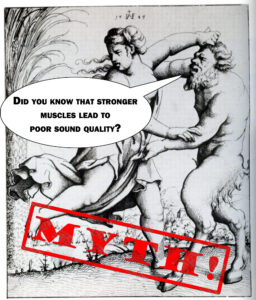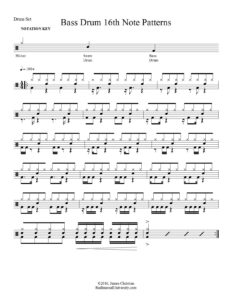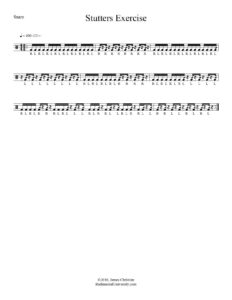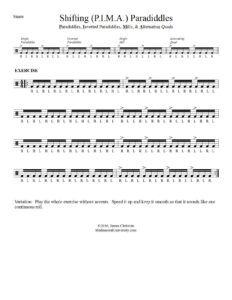
This past week, I have seen several Internet comments that have made me realize just how brainwashed… um, “preconditioned” some of us are in our understanding of performances, especially as related to technique and sound quality.
I grew up in the American rudimental drumming scene, just like many of you who are reading this article. I always enjoyed hearing other drummers’ thoughts on technique, sound quality, practice strategies, etc. However, I did not simply listen to those from the drum & bugle corps/marching band world. I also enjoy learning about fife drumming, pipe band drumming, Basel drumming, etc. I have found the more you are aware of how other people do things, the less adamant you are that your way is the only right way. (Though sometimes, a certain way is the best way for what you want to accomplish—and that is the key.)
In this article I would like to dispel two myths about percussion commonly found in American percussion education. If you can Read more “Two Drumming Myths that Are Probably Hindering You from Appreciating a Lot of Music”



